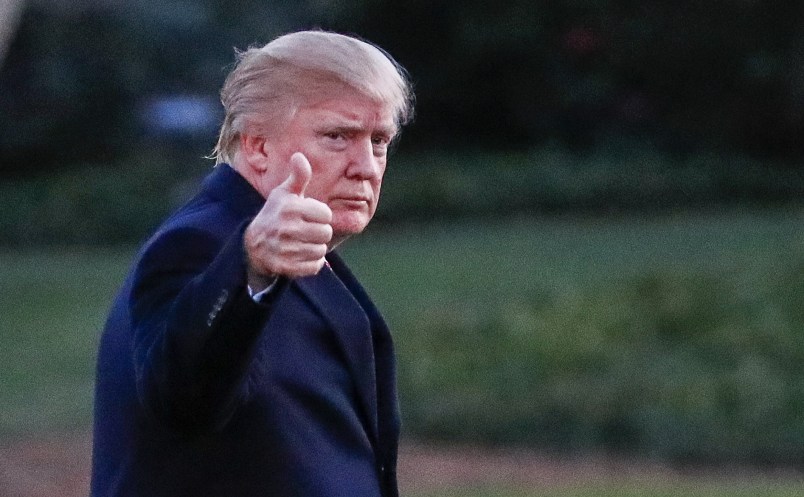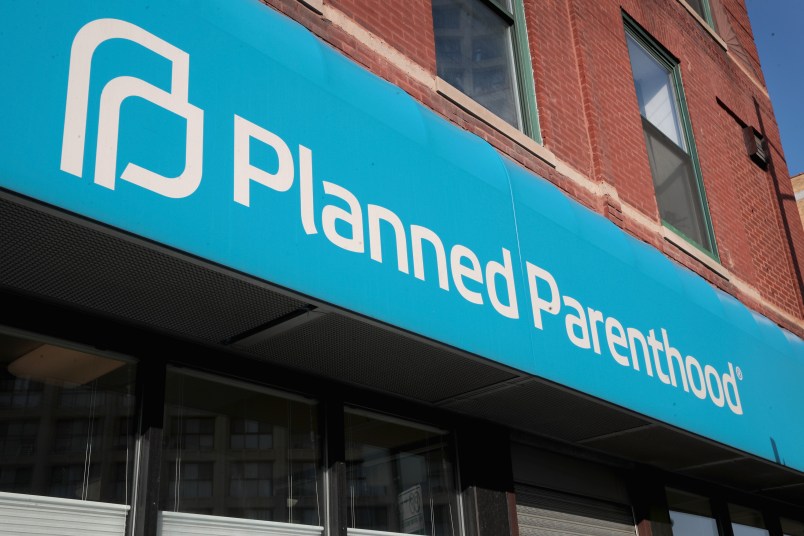President Donald Trump waited until after publicly accusing his predecessor of wiretapping his campaign headquarters to ask aides how Barack Obama would have been able to obtain a warrant to do so, the New York Times reported Thursday.
According to the Times’ article, which chronicled Trump’s steep learning curve in the Oval Office, the President did not understand the system that governs the Foreign Intelligence Surveillance Court. Obama would have needed to ask his Justice Department to request a FISA warrant to eavesdrop on a U.S. building like Trump Tower, which the court would have only granted if there was substantial evidence that the individuals that would be under surveillance were working as agents of a foreign power.
In his explosive pre-dawn tweets on March 4, Trump alleged that Obama had his “wires tapped” ahead of the election.
Despite a total lack of evidence, Trump’s aides backed that wild claim, with White House counselor Kellyanne Conway telling “Fox and Friends” that as President, Trump “has information and intelligence that the rest of us do not.”
The administration’s story evolved over time, with Trump later saying he didn’t mean that he was literally wiretapped, and that it didn’t necessarily happen before the election.







